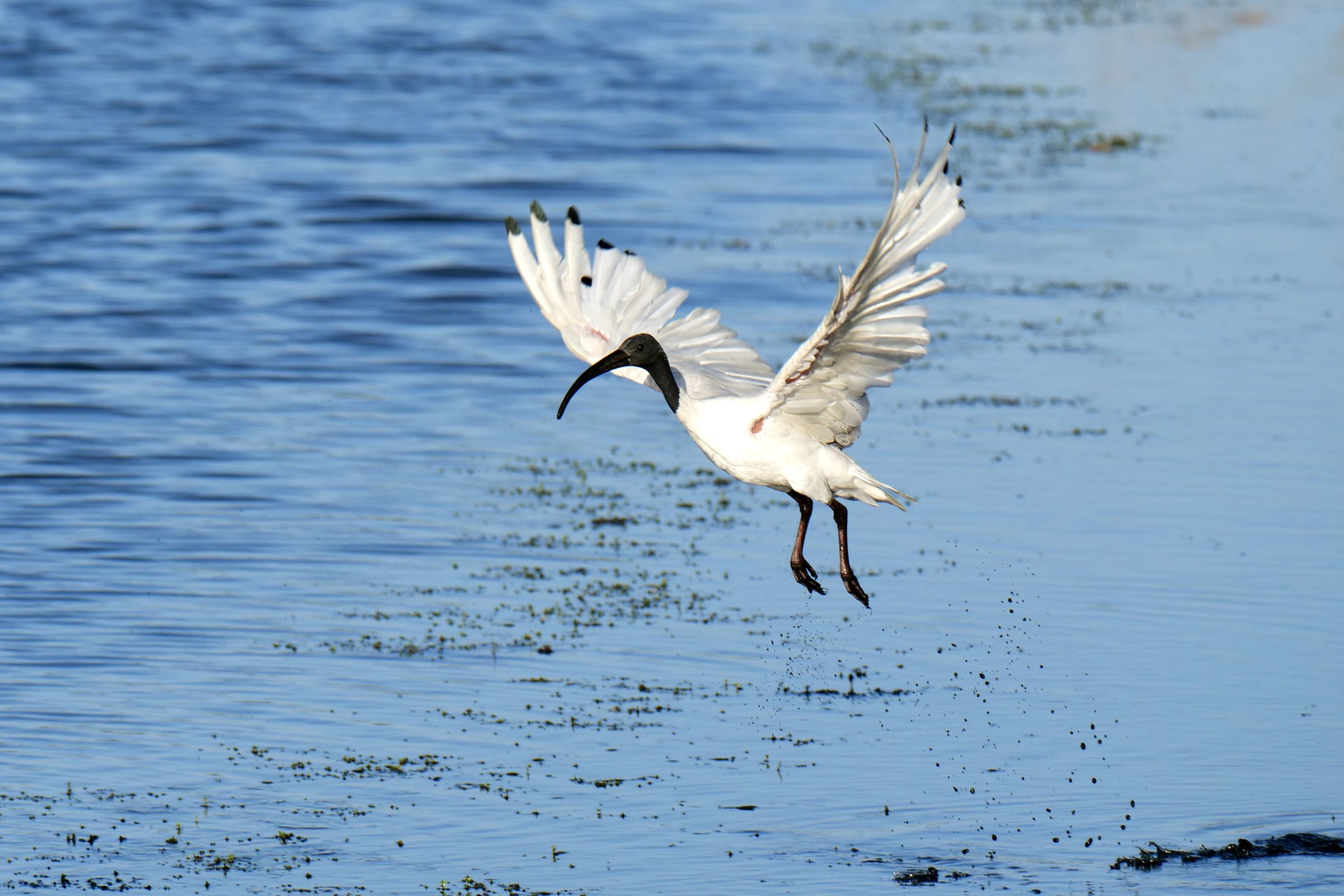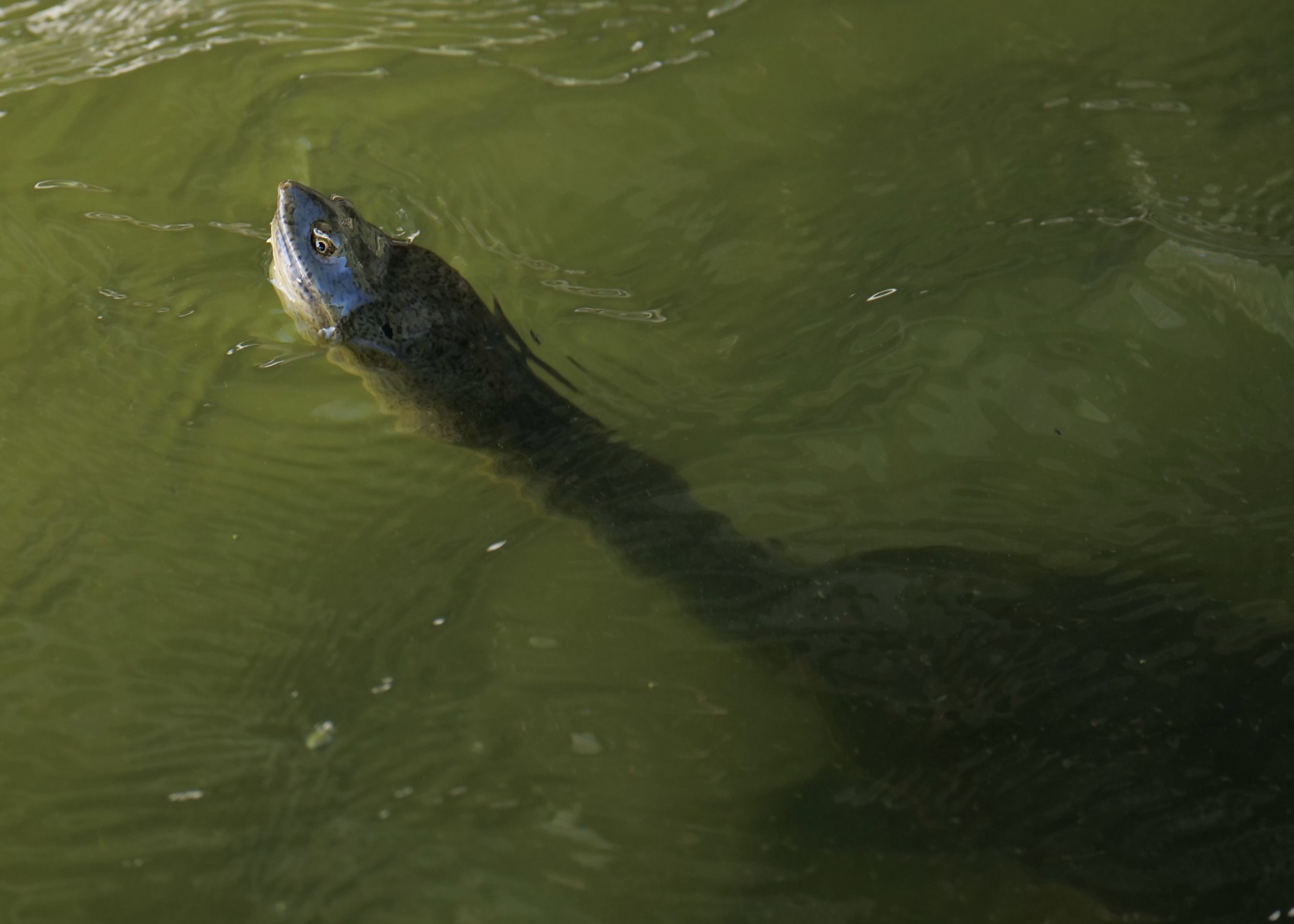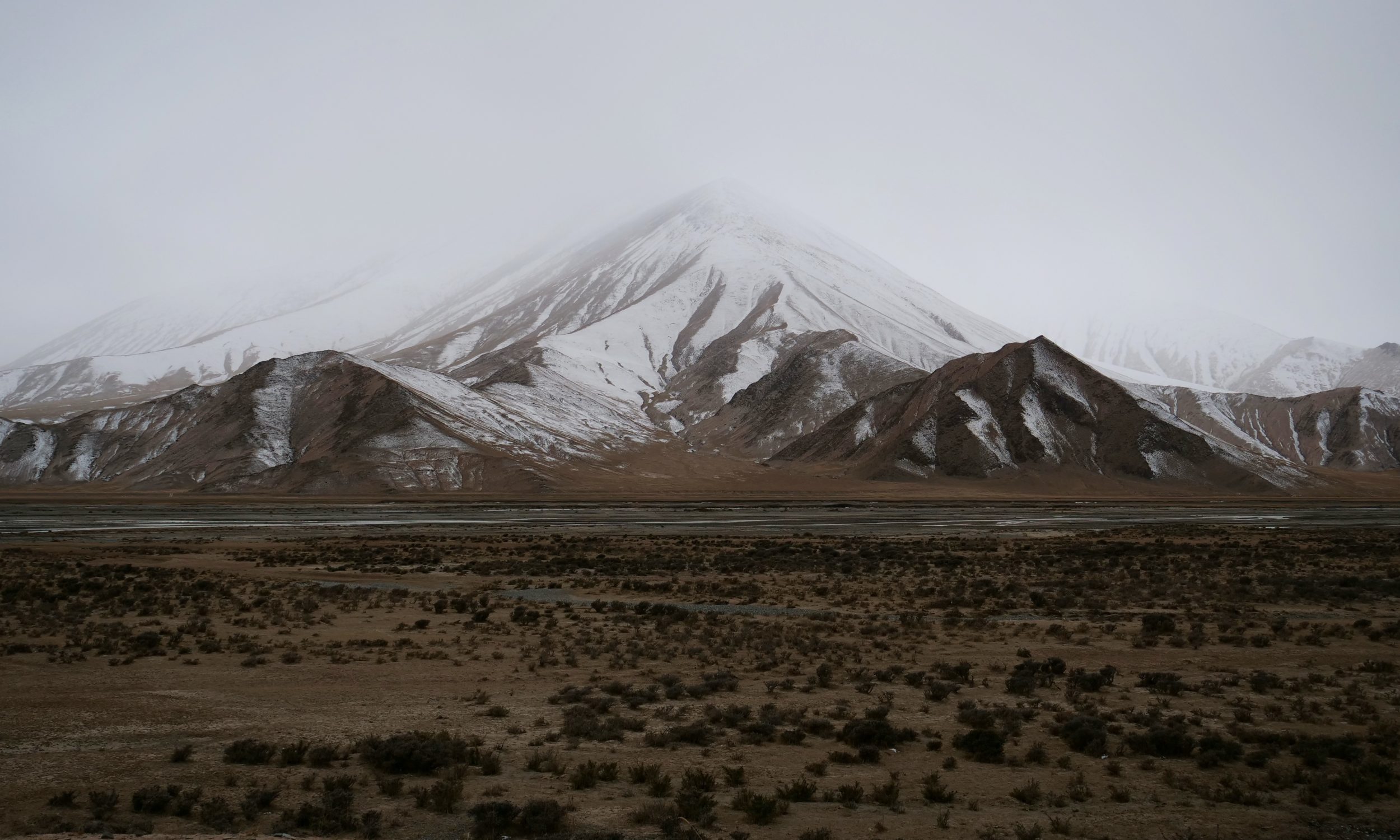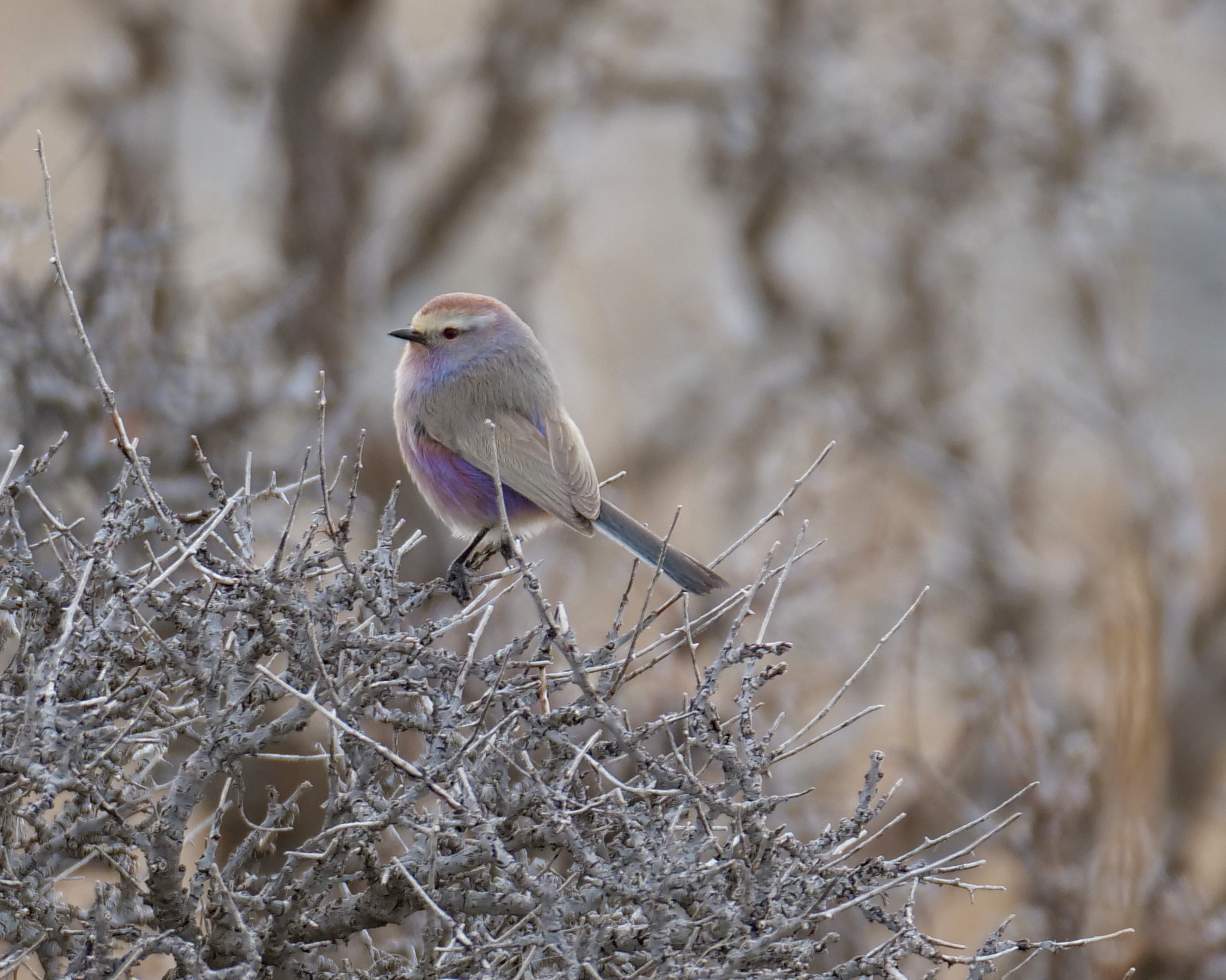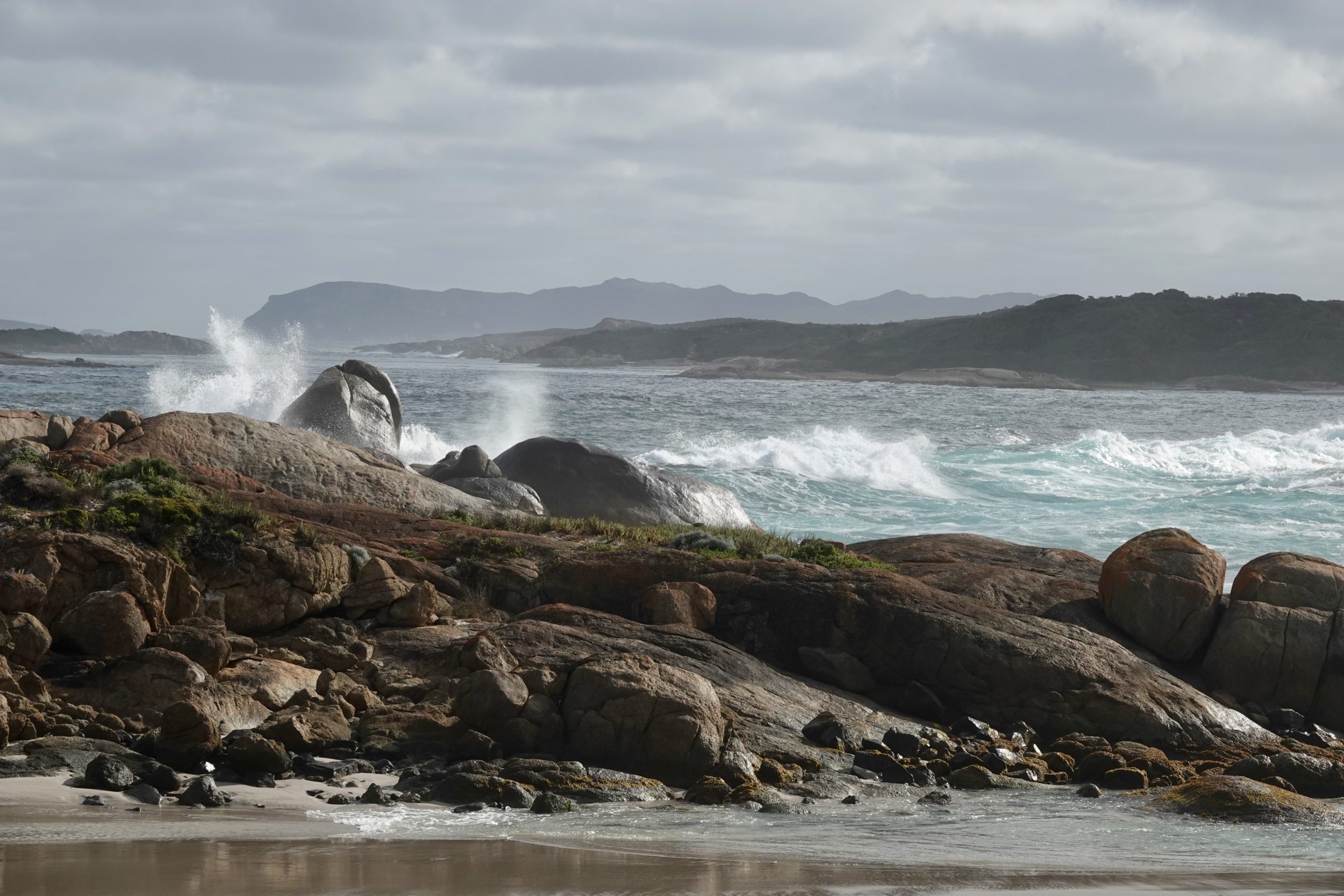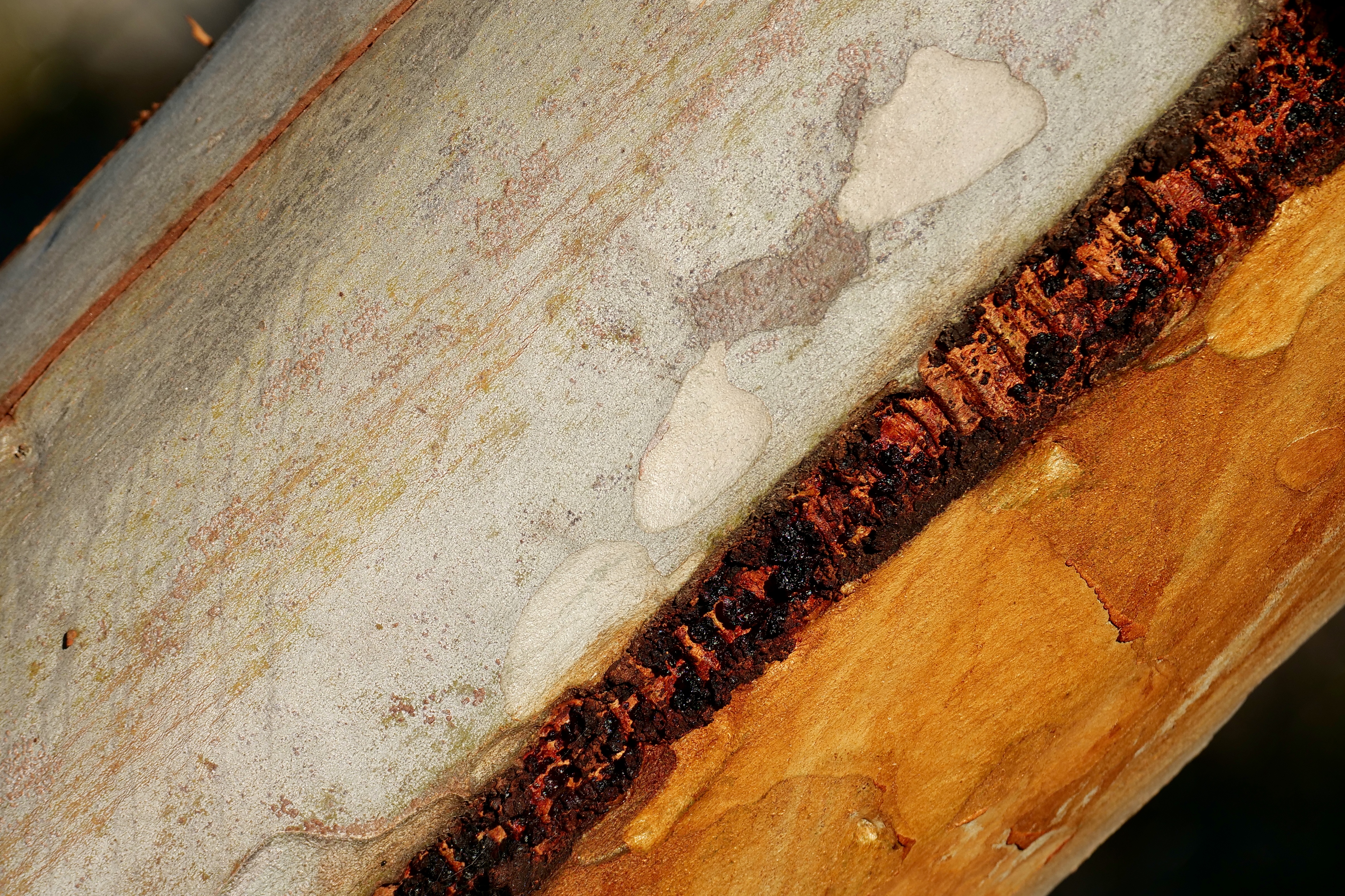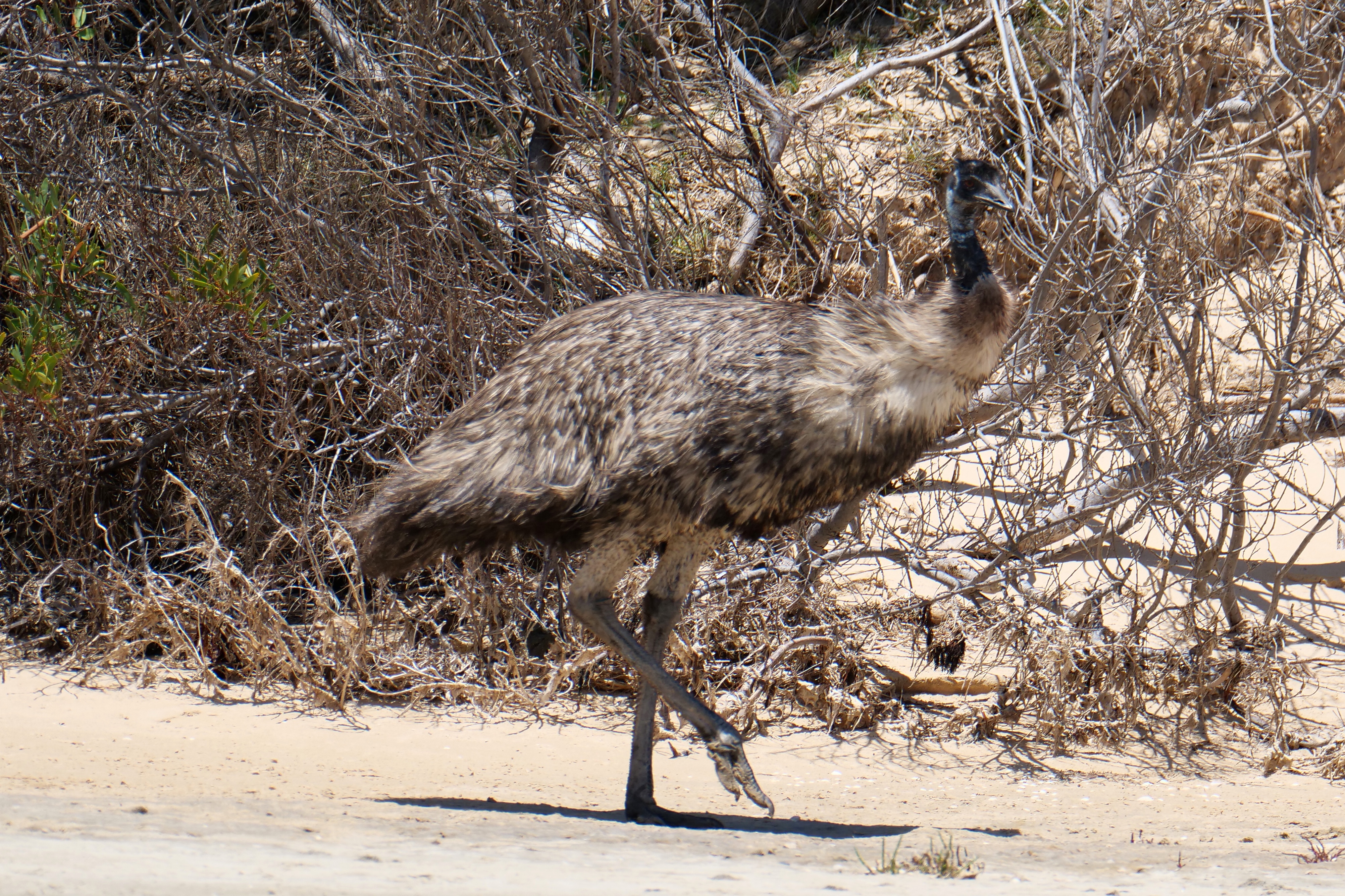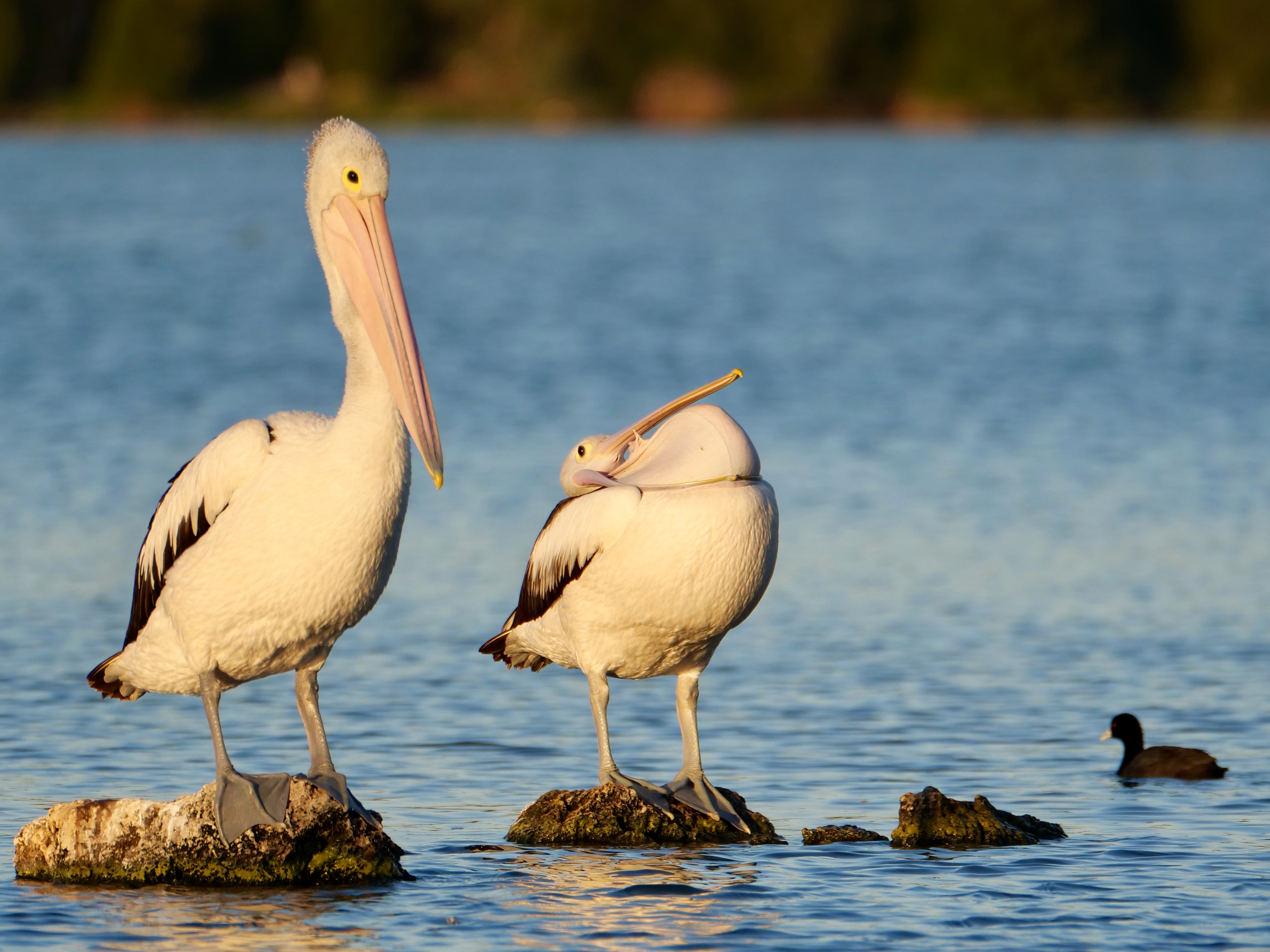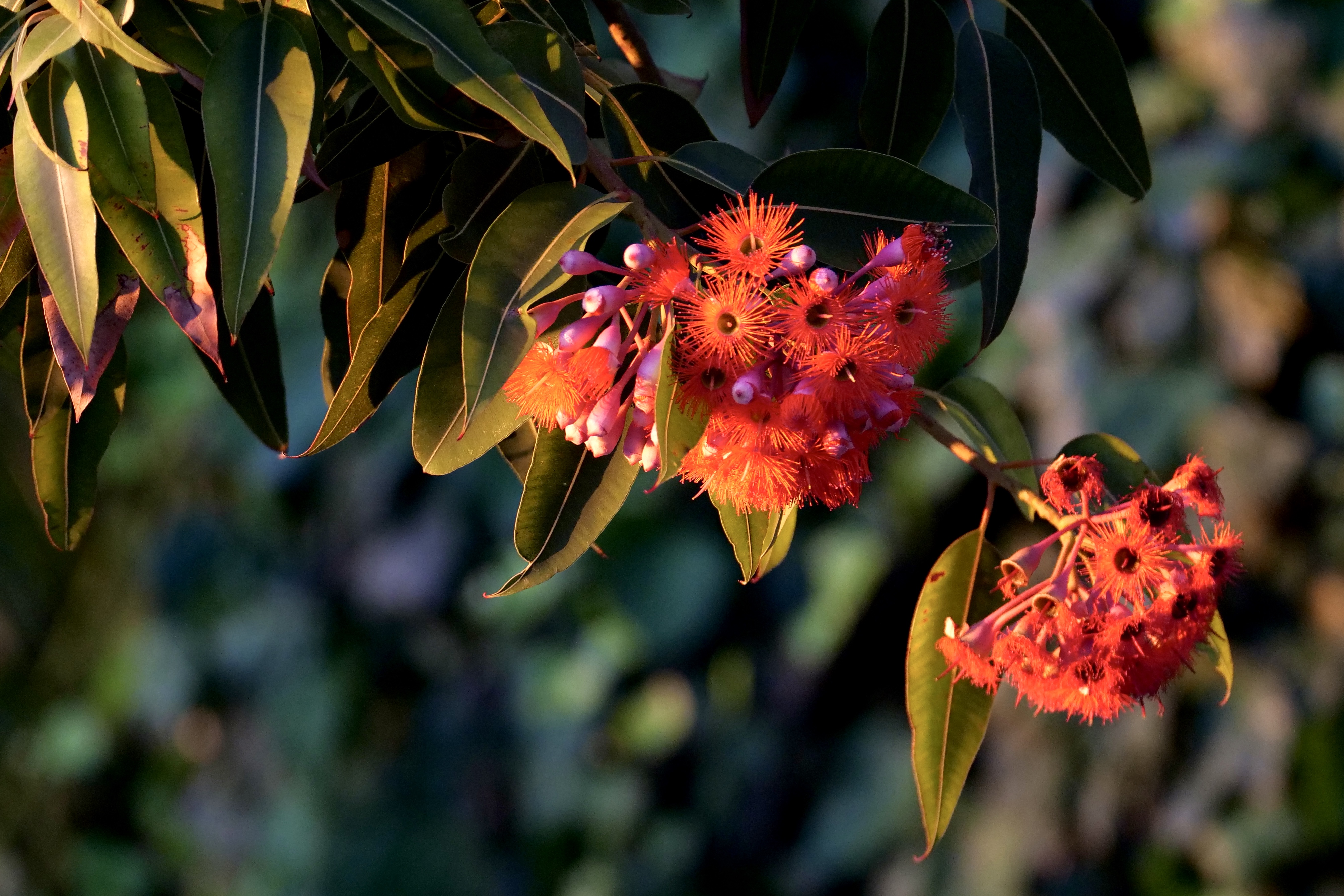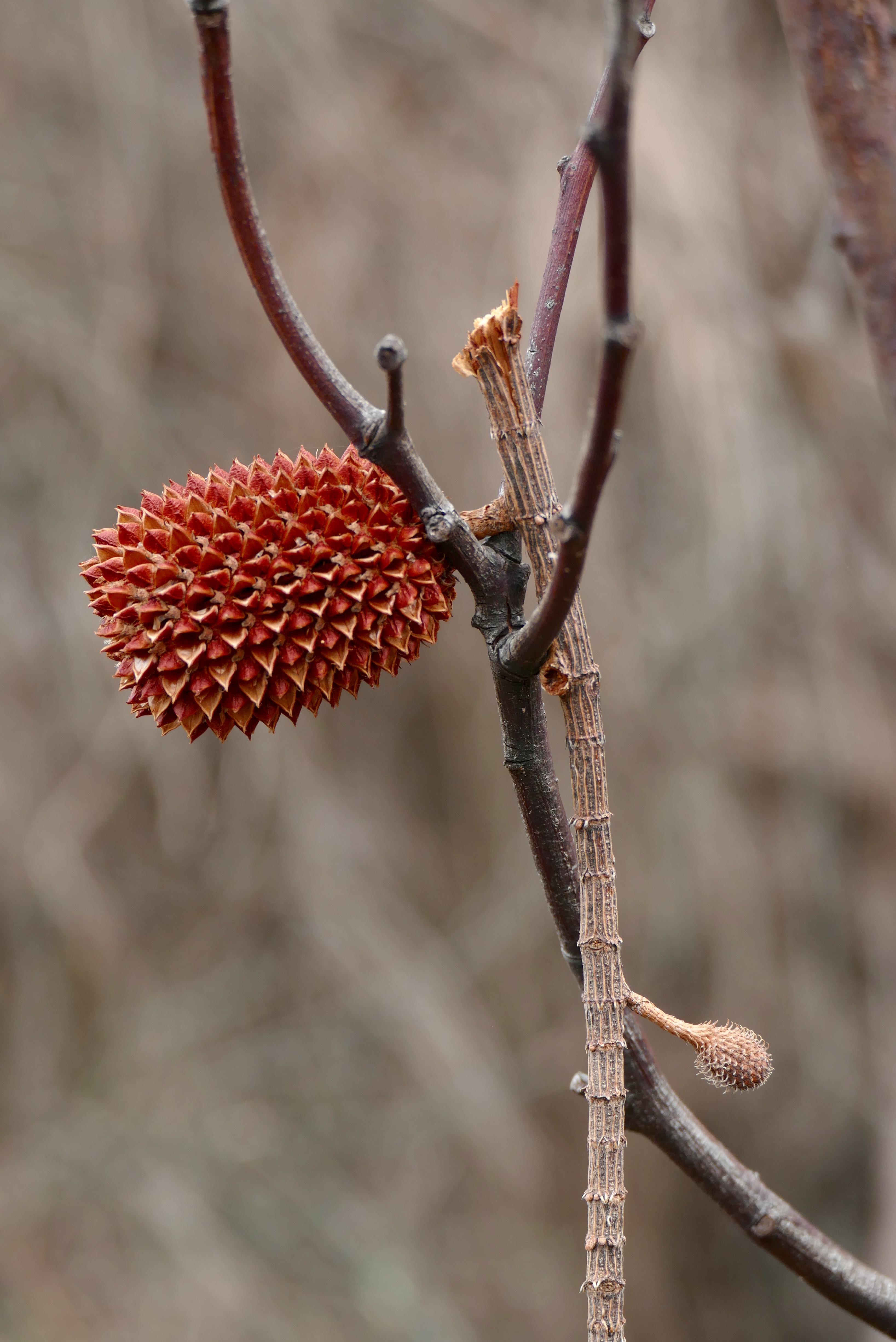Our hero lost his “sacred” status when his Australian-ness was recognised!
As is true of many birds, Threskiornis molucca – the Australian white ibis – is wonderfully elegant when high in the sky, but rather less so when on terra firma, or in the process of becoming airborne.
Comments closed